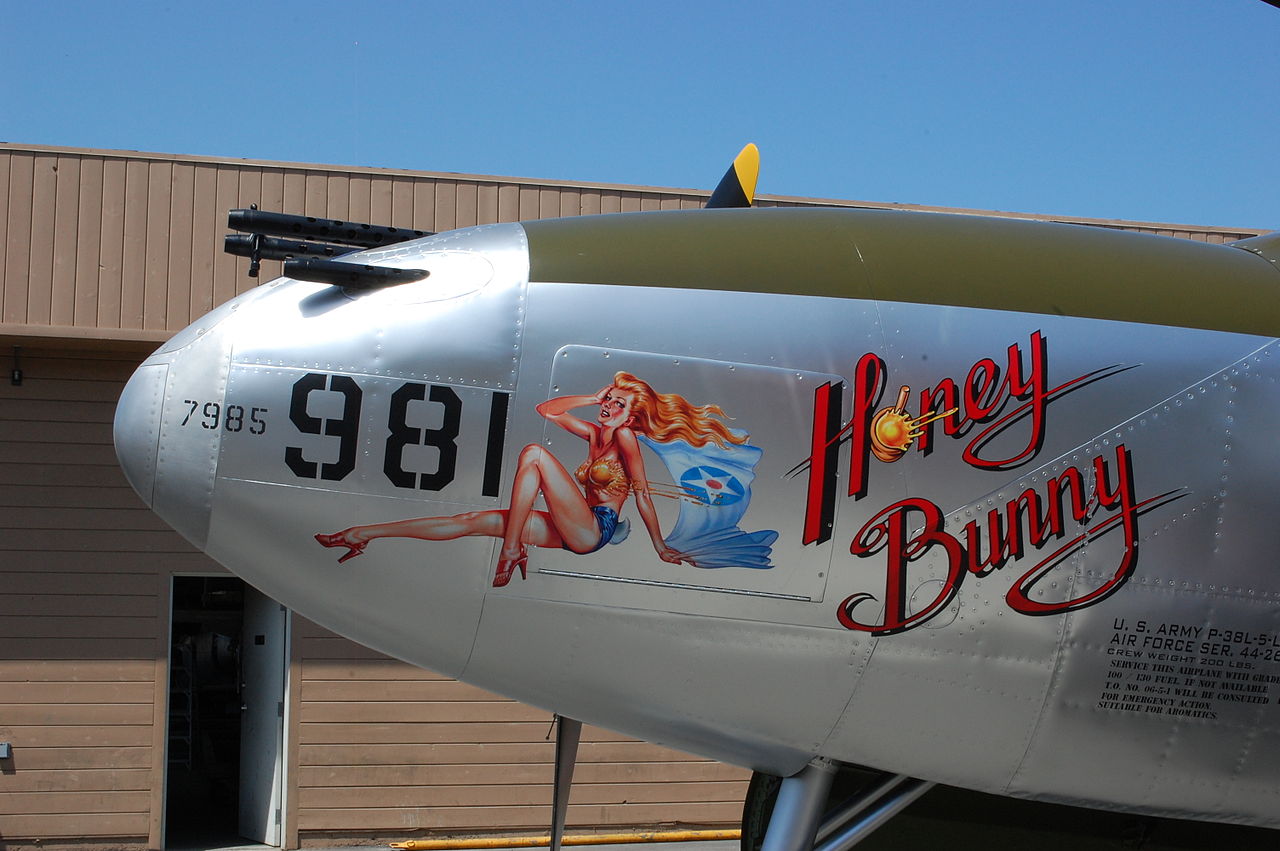Adorning the nose section of an aircraft with a name or an image has been a long-standing tradition amongst American military flyers. The practice peaked during WWII, with famous aircraft like the Memphis Belle and Bockscar featuring complex painted artwork. Over the years the purpose and meanings of nose art have changed with the times, from simple identifiers to inspiring war names and even scantily clad women.
Nose art was never an officially condoned practice, but it wasn’t banned either. This is no longer the case. For flyers wishing to personalize their airborne sweetheart today, it’s no longer a case of asking the best artist in the squadron to whip out his brushes and paints, but a long bureaucratic process that involves official approval.
Nose art tradition
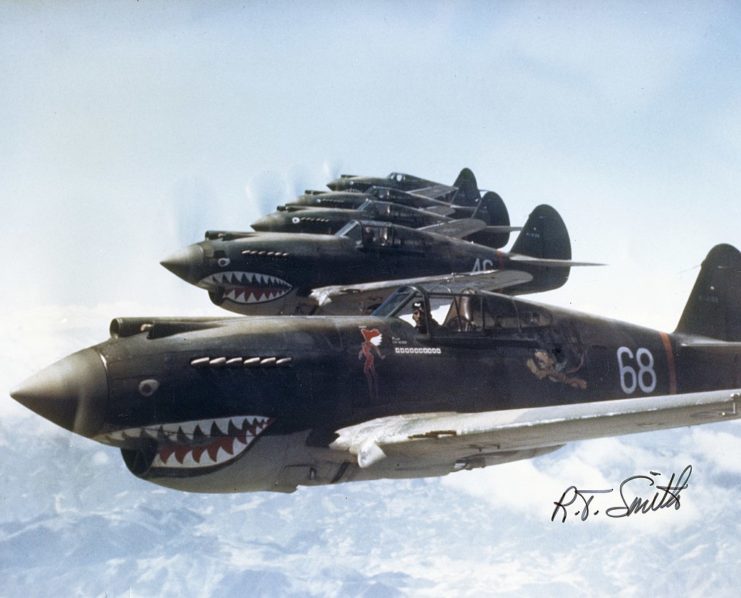
Aircraft nose art has existed for almost as long as the aircraft itself. US flyers made the idea famous, but it was actually first used on an appreciable scale by Italian and German pilots, just before WWI. During WWI nose art and squadron insignia often became one and the same, with the American Expeditionary Force requiring the use of easily identifiable squadron symbols.
It was around this time that the famous shark-face artwork saw use. Interestingly, Ferrari’s prancing horse logo was inspired by WWI Italian ace Francesco Baracca, who painted a horse on his aircraft.
WWII was where nose art truly became an icon. It was popularized by the US Army Air Force (USAAF), who tolerated the artwork for morale purposes. Nose art was less common among other nations during the war and was banned completely by the US Navy, which barely allowed a few letters on the noses of their aircraft. The USAAF used well-paid amateur and professional artists for the work, which mostly consisted of mascots, names, and pin-up girls.
The nose art on the B-24 Liberator “The Dragon and his Tail” ran all the way along the entire fuselage and was the largest known artwork featured on a WWII-era aircraft.
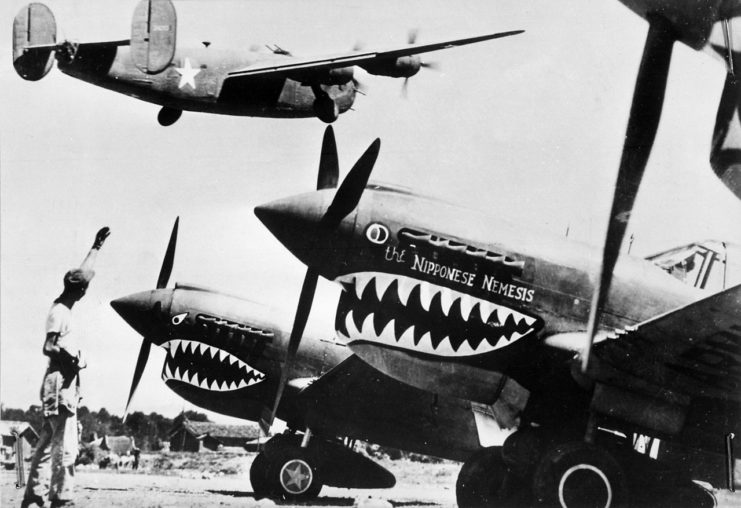
The P-40 and its shark-mouth were probably the most well-known types of nose art from WWII and still exist today on A-10 Thunderbolt IIs from the 23rd Fighter Group.
In general, the further away the aircraft were from civilization the more racy, suggestive, and extreme nose art became. Aircraft serving in the Pacific were notable for this. In contrast, nose art on aircraft in the European theatre, which was more likely to be seen by civilians, tended to be toned down.
Meaning
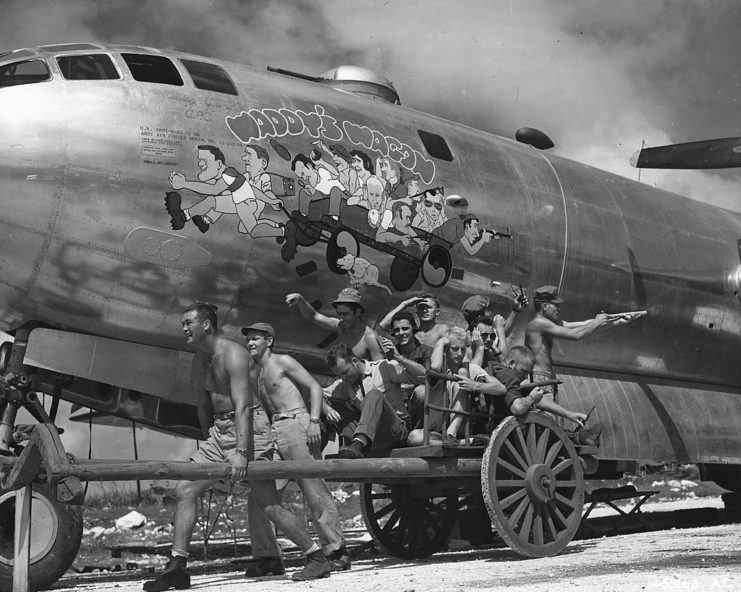
Over time the meaning behind aircraft artwork changed from mostly practical, with insignia used to identify squadrons, to a beloved tradition. Nose art gave crews a rare opportunity to express their individuality from the otherwise uniformity of military service. It also served as a form of emotional support by having a familiar face from home or a comical image on the fuselage of your war machine.
The art on individual aircraft has practical uses too. It enables one to quickly glance at an aircraft and identify what crew it belongs to, instead of referring to tail numbers.
Today
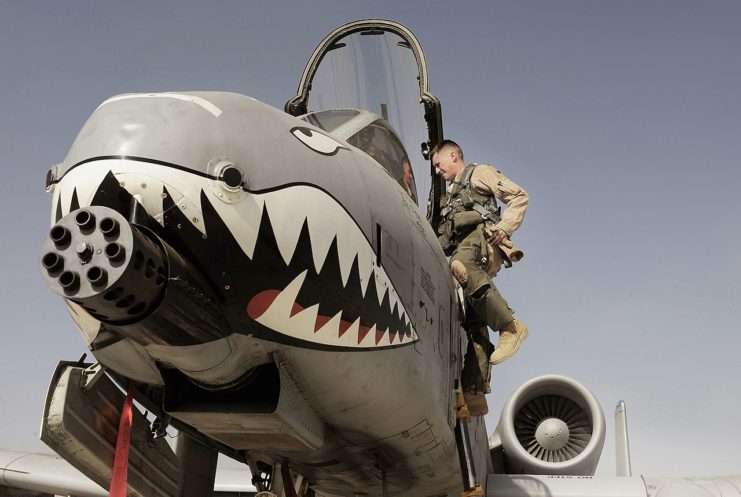
Today, nose art is rarely observed on the scale seen during WWII and the Korean War. The practice tended to drop off in peacetime, with a lull between WWII and Korea, and between Korea and Vietnam.
Also, regulations on aircraft camouflage became increasingly strict after these wars, and brightly colored, highly visible artwork did not pass these regulations. In addition, stealth aircraft coated with advanced radar-absorbing paint may have their stealth qualities compromised by nose art.
Other reasons artwork has been limited are related to public perception. Having a nude pin-up girl proudly positioned on the nose of an aircraft didn’t ruffle too many feathers during the 1940s, but the same cannot be said today, with military aircraft often being seen up close by the public at air shows and posted in great detail on social media.
In 1993 the USAF Air Mobility Command declared that all nose art should be gender-neutral.
Nose art must now be approved by their respective major command. Today, most artwork in peacetime honors previous units or is patriotically focused. However, commanders are usually more relaxed about the artwork on aircraft deployed in warzones, as it still provides a sense of pride and ownership.
So nose art still exists, just in a much more public-friendly way. As history has shown that the usage of this form of art has varied wildly, it stands to reason that in the future we will see a major resurgence of nose art.
